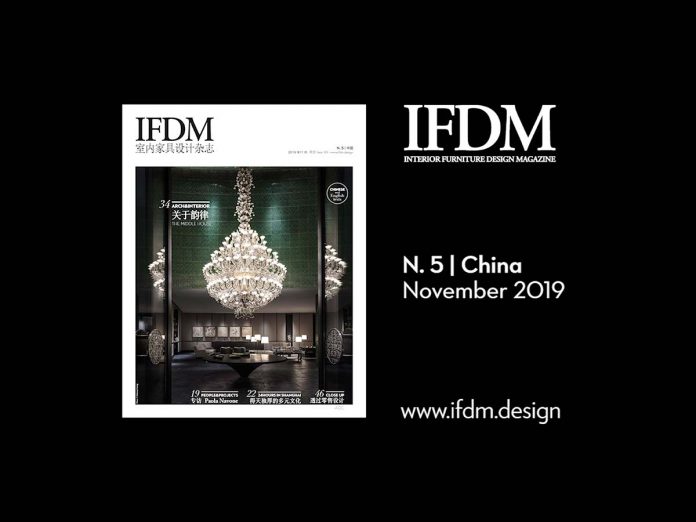A few days ago a bilateral agreement was announced between the European Union and China for protection of the registered names of 100 regional European products in China (and, vice versa, 100 Chinese products in Europe). The reaction of surprise increases if we consider the fact that of the 100 Protected Geographical Indications of Europe, as many as 26 are Italian; Italy is therefore the leading country of the list, followed by France.
This fact, besides underlining the high value of food imports from our country and therefore the widespread appeal of Italian taste in the Far East, shifts the focus to the value of quality and originality. A topic with which the furniture industry has always had to come to grips in the process of exporting design, especially in China. Products Made in Italy are appealing, it is undeniable, but being able to communicate the history and passion behind them, to transmit their intrinsic value and make it be perceived in all its facets, is something else again.
It is a challenge to be met more on the intellectual and cultural plane, alongside the strictly commercial parameters. In recent times this effort seems to be leading to positive results. The EU-China pact is a valid example, though in another sector, but we can also point to the exponential increase of openings of new points of sale in the territory, which have to be based on long-term, prolific partnerships, and on a shared exchange of values. The interviews with representatives of big players in the sector like Poliform or Porro (on the following pages) confirm the outstanding reliability of local partners, who become true reference points for Made in Italy in a foreign country. Credit is clearly due here to the new generations, open to internationalism, and to knowledge of Italian ‘savoir-faire’: this respect, in the end, becomes the best form of protection.







